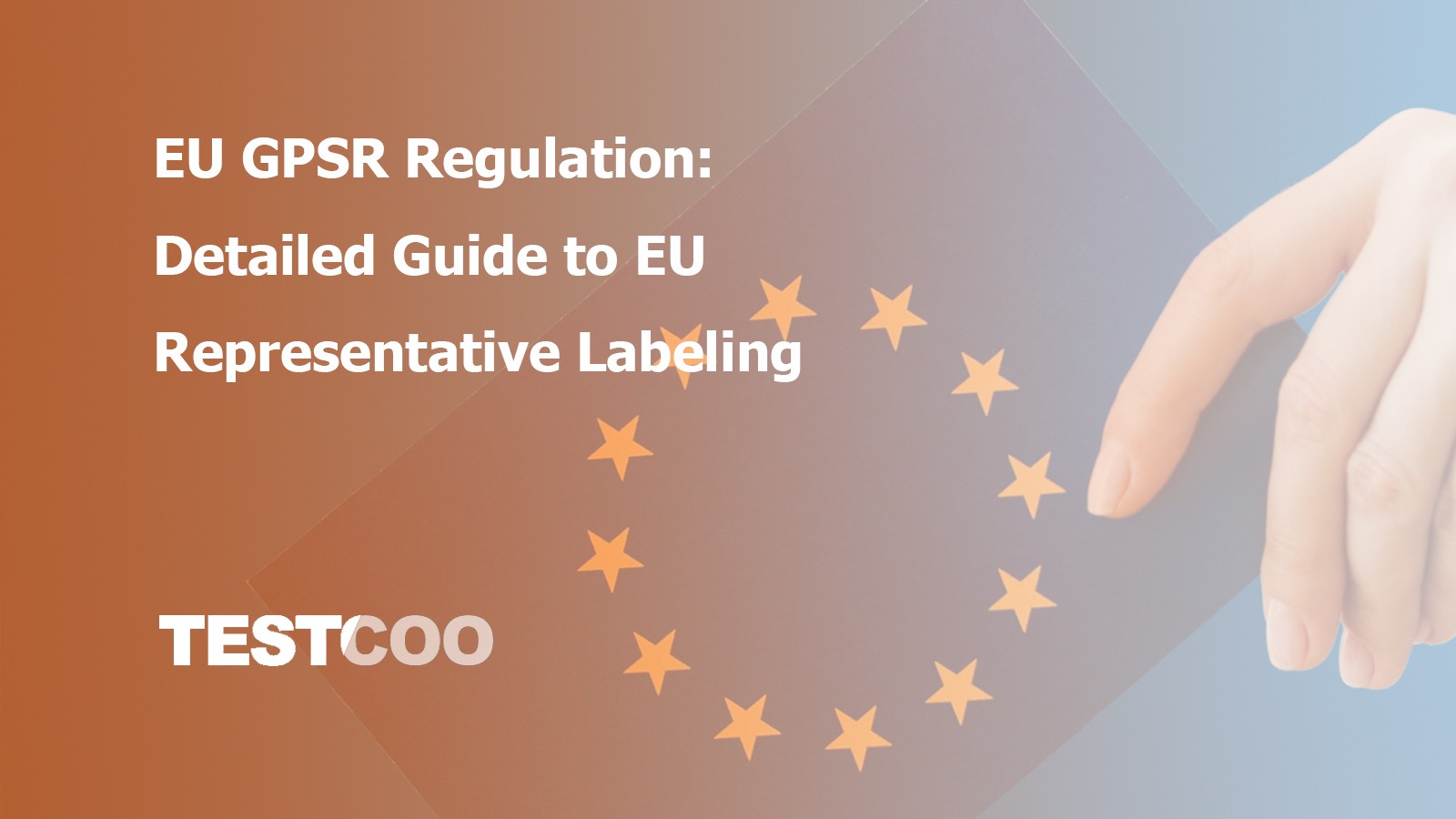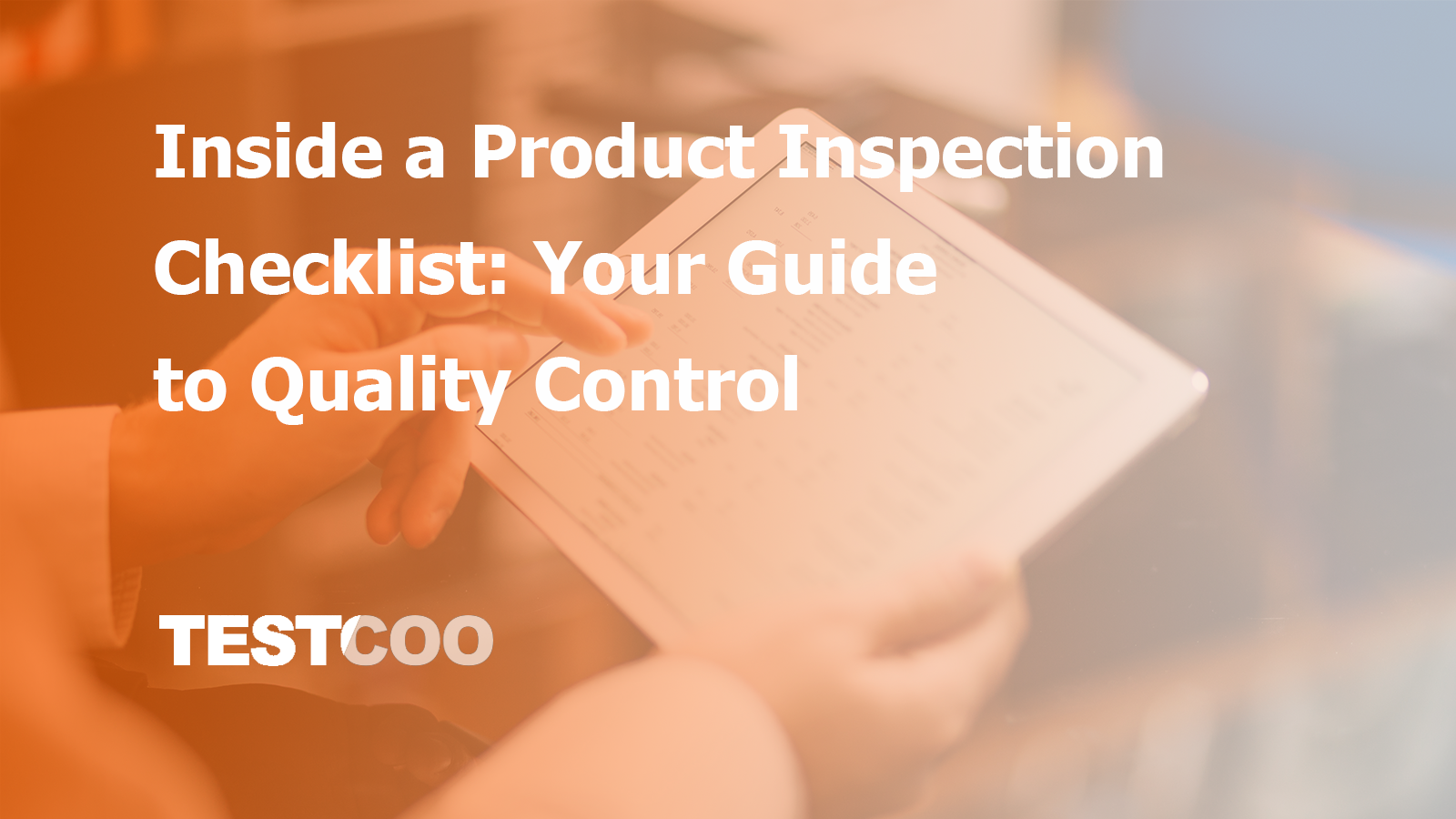Inside a Product Inspection Checklist: Your Guide to Quality Control

In the complex world of manufacturing and global supply chains, delivering a high-quality product consistently is more than just a business goal, it's a necessity. Quality directly influences brand reputation, customer satisfaction, regulatory compliance and long-term business success. Amid shifting consumer expectations and tightening industry standards, companies cannot afford to overlook even the smallest product defect.
That’s where a product inspection checklist becomes invaluable. This document serves as a comprehensive and standardized guide for quality control inspectors during the inspection process. Think of it as a blueprint detailing exactly what needs to be checked, measured, tested and verified for each product. More than just a to-do list, it promotes consistency across inspections, especially when multiple factories or regions are involved. It also ensures alignment between supplier expectations and brand requirements, reducing miscommunication and minimizing costly rework or recalls.
In this blog, we’ll take a closer look at what goes into creating an effective product inspection checklist, why it's a cornerstone of modern quality assurance and how it supports your business in delivering flawless products in today’s competitive global market.
What is a Product Inspection Checklist?
A product inspection checklist is a critical tool used by quality control inspectors to systematically assess a product's compliance with predefined standards before it is shipped to customers. This detailed document outlines the key specifications, functional tests, measurements and visual checks that must be performed during an inspection. It ensures that every product meets the required quality benchmarks in terms of design, performance, durability, packaging, labeling and overall appearance.
The checklist acts as a standardized reference for inspectors, helping eliminate ambiguity and ensuring consistency in inspections whether conducted on-site at factories or by third-party quality partners. Importantly, these checklists are not one-size-fits-all; they are carefully tailored to suit the specific characteristics and requirements of each product or category. This makes them highly adaptable for diverse industries such as apparel, electronics, furniture, toys and other consumer goods, where inspection criteria can vary significantly. Ultimately, a well-structured checklist plays a key role in preventing defects and ensuring customer satisfaction.

13 Essential Garment Inspection Checklist in Quality Control
Why is a Product Inspection Checklist Important?
A well-designed inspection checklist is a cornerstone of effective quality control, serving multiple critical functions throughout the production and supply chain process.
- Standardization: It ensures that every inspector, regardless of location or experience, evaluates the product against the same consistent set of criteria. This reduces subjectivity and variation in inspections.
- Consistency: By applying the checklist across different production batches, companies can maintain uniform quality levels, reducing fluctuations that can affect customer satisfaction.
- Communication: The checklist serves as a shared reference point, aligning manufacturers, suppliers and buyers on product expectations. It helps avoid misunderstandings and ensures that quality requirements are clearly communicated and upheld.
- Risk Mitigation: Early identification of defects or non-compliance helps prevent costly issues such as product recalls, customer complaints or returns.
- Compliance: A robust checklist supports adherence to industry regulations, brand requirements and international safety standards.
In short, an inspection checklist is not just a quality tool, it’s a strategic asset. It enforces quality control protocols with precision and reliability, helping businesses deliver products that meet or exceed customer expectations every time.
Key Components of a Product Inspection Checklist
While checklists vary by industry and product type, most share a common structure. Here's what goes into a typical product inspection checklist:
1. Product Details
- Product name, SKU, model number
- Product dimensions, weight and color options
- Packaging specifications
This section helps the inspector confirm that the correct product is being evaluated.
2. Visual Inspection Criteria
- Surface defects (scratches, dents, stains)
- Color consistency
- Assembly issues
- Labeling and logo placement
This part checks for aesthetic flaws that could affect consumer perception.
3. Functional Tests
- Does the product operate as intended?
- Are all parts moving or responding correctly?
- Do electronic functions work properly?
For example, an inspector might press buttons on a remote control or plug in a device to ensure it powers on.
4. Measurement & Specifications Verification
- Are the product dimensions as per the buyer’s requirements?
- Does the product meet weight, capacity or load standards?
- Are materials compliant (e.g., textiles, plastics, metals)?
This ensures adherence to the buyer’s technical file and product specifications.
5. Labeling & Packaging Checks
- Are all product labels accurate and correctly placed?
- Is the packaging sturdy and protective?
- Does the packaging match branding requirements?
Improper labeling or damaged packaging can result in customs issues or customer dissatisfaction.
6. Barcode and QR Code Verification
- Scan testing for barcodes
- Position and print quality
- Compatibility with retailer systems
Barcode compliance is critical for retail logistics and inventory management.
7. On-Site Testing (Where Applicable)
- Drop tests
- Carton weight and stacking tests
- Moisture tests
On-site physical tests help simulate handling, shipping and storage conditions.
8. AQL Sampling Plan
AQL (Acceptable Quality Limit) is a statistical method used to determine sample size and defect tolerance.
- AQL levels (e.g., General Level II, Critical 0.0, Major 2.5, Minor 4.0)
- Sampling size based on lot quantity
- Defect classification
Inspectors use this to determine if a batch passes or fails.
9. Photo Documentation
- Clear photos of defects, packaging, labeling and test procedures
- Helps brands and suppliers visually verify inspection findings
Photos add transparency and credibility to the inspection report.
Footwear Quality Control Inspection: Essential Checklist for Shoes
Types of Inspections Using a Checklist
Different types of product inspections utilize checklists, including:
1. Initial Production Check (IPC)
Checks raw materials and components before production begins to prevent early-stage quality issues.
2. During Production Inspection (DUPRO)
Conducted when around 20-60% of the order is completed. Ensures quality control during manufacturing.
3. Final Random Inspection (FRI)
Takes place once production is 100% complete and at least 80% is packed. It’s the most common form of inspection.
4. Loading Supervision (LS)
Ensures the correct products are loaded securely and labeled correctly before shipment.
Each inspection phase has its own tailored checklist depending on risk level and product type.
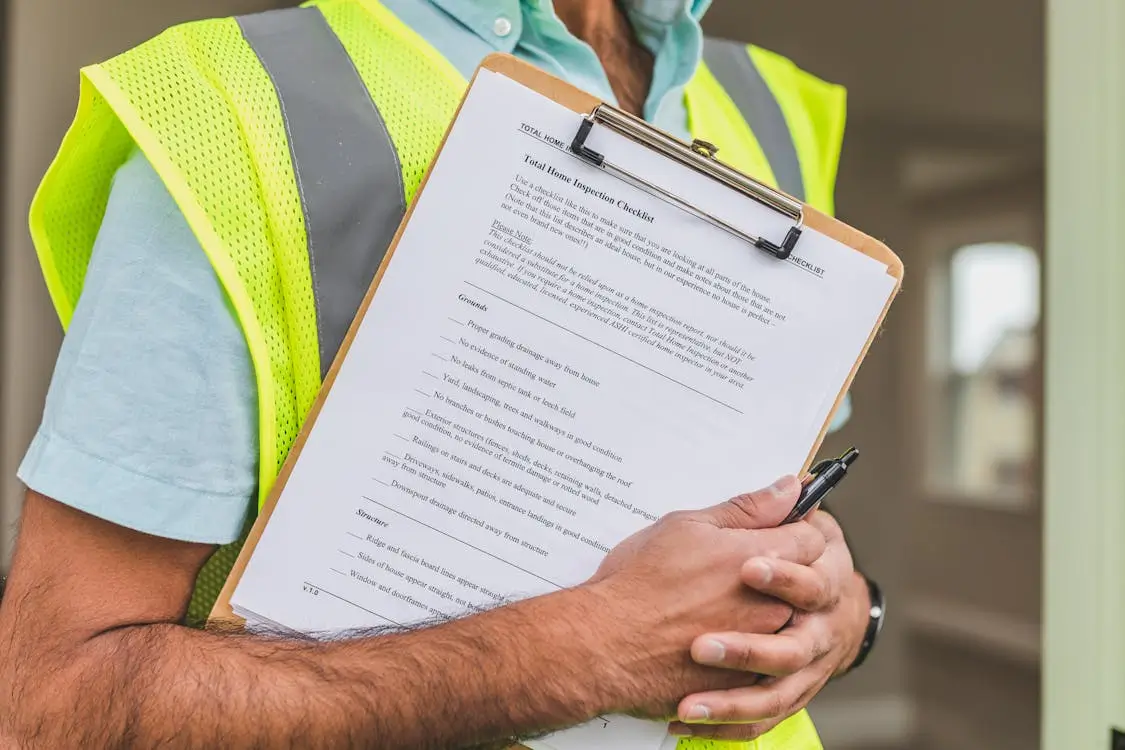
How to Create an Effective Inspection Checklist
Creating a useful product inspection checklist involves a blend of product knowledge, buyer expectations and inspection expertise. Here are steps to follow:
Step 1: Understand Buyer Requirements
Gather all technical specifications, reference samples, compliance documents and previous inspection reports.
Step 2: Identify Key Quality Criteria
List visual, functional, dimensional and safety standards critical to the product.
Step 3: Define Defect Classifications
Categorize possible defects as:
- Critical: Safety risks or legal non-compliance
- Major: Functional or significant cosmetic issues
- Minor: Small cosmetic flaws not affecting function
Step 4: Set AQL Standards
Define sample size and acceptable defect limits based on the buyer's tolerance levels.
Step 5: Include Testing Procedures
Mention specific tests, tools required and expected outcomes.
Step 6: Add Visual Reference and Photos
Use images of approved samples and known defects to guide inspectors.
Step 7: Review and Update Regularly
Product designs change. So should the checklist. Keep it dynamic and updated.
Benefits of Using a Comprehensive Checklist
When inspection checklists are well-developed and implemented, the advantages are clear:
- Reduced defect rates
- Improved customer satisfaction
- Fewer returns or recalls
- Enhanced supplier accountability
- Better brand reputation
In today’s competitive environment, a product that meets quality standards on the first go wins trust and loyalty.
Role of Third-Party Inspection Companies
A product inspection checklist is much more than a to-do list, it's a strategic quality assurance tool. When thoughtfully developed and rigorously applied, it transforms inspection from a reactive task to a proactive quality control system.
Whether you’re a manufacturer, buyer or quality control manager, investing in a strong inspection checklist process is a smart step toward delivering products that meet expectations every time.
Third-party inspection firms like Testcoo play a crucial role in helping brands maintain consistent product quality across global supply chains. One of the key services they offer is the creation and execution of professional product inspection checklists that are tailored to meet specific buyer requirements.
These companies provide:
- Experienced inspectors based in multiple sourcing countries who understand local manufacturing practices and international standards.
- Customized inspection checklists developed in collaboration with the buyer to reflect product-specific criteria, regulatory requirements and brand expectations.
- Neutral and unbiased reporting, ensuring transparent quality evaluations without internal influence or pressure.
- Advanced digital platforms that allow clients to track inspection progress in real time, view reports instantly and make data-driven decisions.
Partnering with a third-party quality service provider like Testcoo adds value by ensuring objectivity, efficiency and standardized quality control across different production sites. This not only reduces quality risks but also strengthens brand credibility and customer satisfaction in today’s competitive global market
Need help developing or executing your inspection checklist? Testcoo’s global team of experts is here to support you with reliable, detailed and fast inspection services.
Explore more on quality control, compliance and inspections at www.testcoo.com.
Free Sample Report Performance Quality Control
Download a sample report to keep control of your supply chain!
Featured Articles
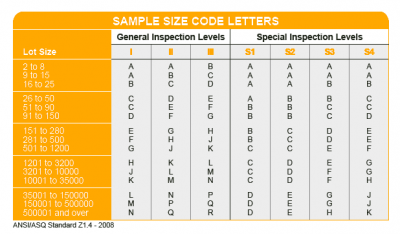 AQL Table | How to Read It
AQL Table | How to Read It TOP 10 Common Defects in Garments Quality Inspection
TOP 10 Common Defects in Garments Quality Inspection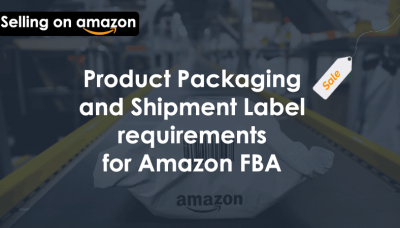 Product Packaging and Shipment Label requirements for Amazon FBA
Product Packaging and Shipment Label requirements for Amazon FBA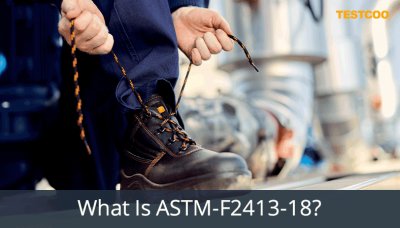 What Is ASTM-F2413-18? Protective Footwear Standard
What Is ASTM-F2413-18? Protective Footwear Standard How to Conduct Third-Party Quality Control Inspections for Electric Scooters
How to Conduct Third-Party Quality Control Inspections for Electric Scooters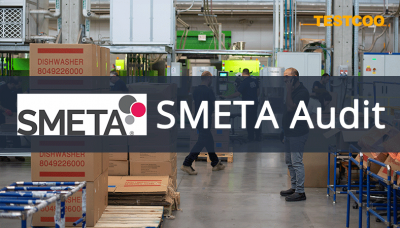 SMETA Audit-What is SMETA Audit?
SMETA Audit-What is SMETA Audit?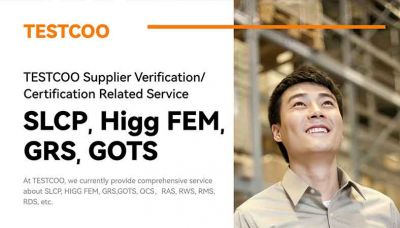 TESTCOO Supplier Verification/Certification Service SLCP, Higg FEM, GRS, GOTS
TESTCOO Supplier Verification/Certification Service SLCP, Higg FEM, GRS, GOTS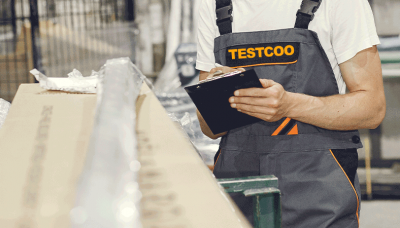 Quality Control Inspection Company in China
Quality Control Inspection Company in China What is Quality Inspection? A Complete Guide
What is Quality Inspection? A Complete Guide Guidelines for Product Inspection in India
Guidelines for Product Inspection in India
Category
- Production Inspection Service
- Factory Audit
- Softline Inspection
- Hardline Inspection
- Electrics Inspection
- Certification
- Checklist
- Manufacturers
- Quality Assurance Basics
- Products Recall
- AQL
- Guidence and Standard
- News
- Supplier Management
- Amazon
- Protective Equipment
- e-commerce quality control
- Indian Manufacturing
- Soft Goods Quality Control
- Supply Chain Management
- Supply Chain Resilience
- E-Commerce Quality Control
- ISO 2859
- Supply Chain Optimization
- Garment Industry
- Higg Index

